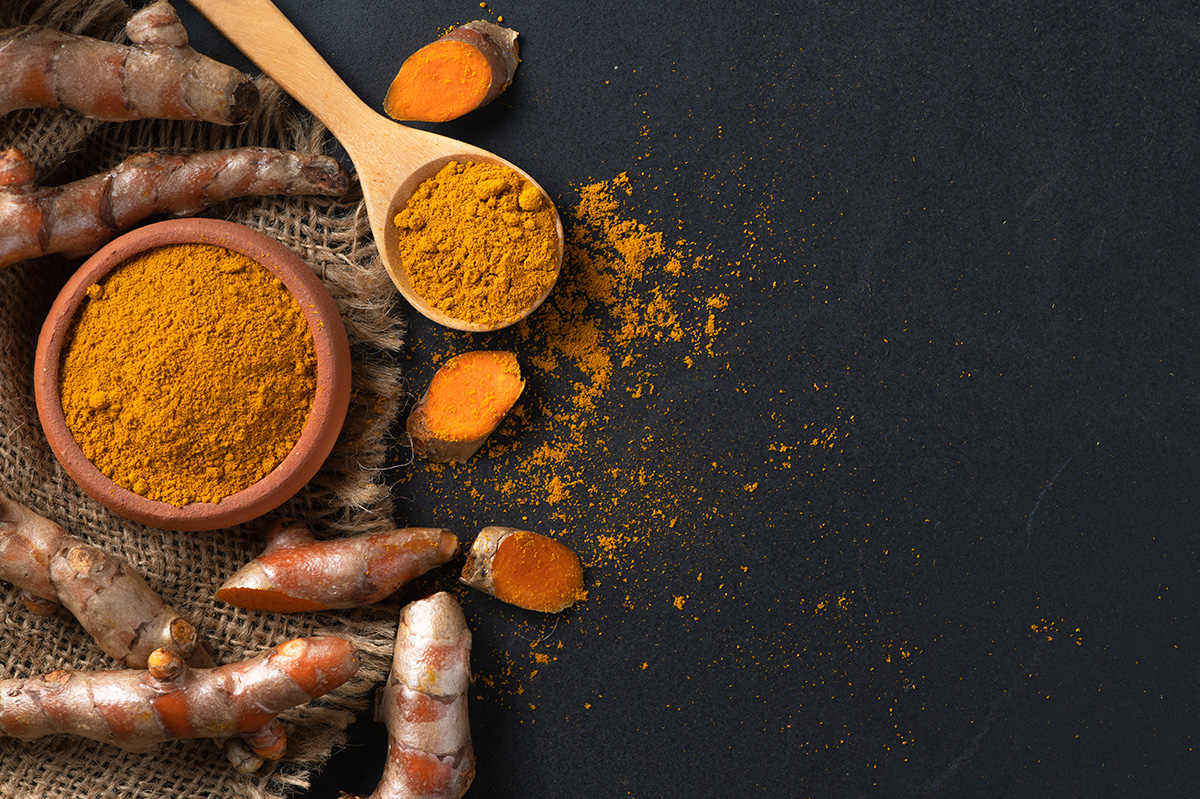You may be familiar with turmeric as the ingredient that gives curry its golden color; it's been a long-time ingredient in Ayurveda and traditional Chinese medicine. Turmeric is a significant ingredient in most curries and is native to Asia and Central America. Turmeric is now gaining popularity for its medicinal properties. It's been used as a remedy for many years for everything ranging from common digestive issues like heartburn to serious conditions such as arthritis and even cancer. The demand for turmeric is increasing due to the growing inclination toward eating natural and nutritious foods.
Turmeric is rapidly gaining popularity, with 154% growth on menus over the past four years. However, turmeric is still only on 2% of US restaurant menus. The use of antioxidants in food is rising with increasing customer demand. This demand for turmeric is fueled by the global trend of healthy diets and natural food products.
What is Turmeric?
Turmeric is a close relative of ginger and has been utilized for centuries for its many uses. This spice has been used for its medicinal properties, flavoring and coloring food, and even as a dye for fabric. Turmeric can be used as a fresh root or in dry, powdered form. Fresh turmeric harvest season begins after winter when all the plants have died off. The Turmeric roots, or rhizomes, are lifted, cleaned, and ready for distribution. Most of the dry, powdered Turmeric you see in stores comes from India, where the fresh rhizomes are cleaned, sliced, dried, ground, and then packaged for shipment.
Turmeric has been a consistent ingredient used in traditional medicine across Asia. A compound in turmeric called curcumin has been shown to be a powerful antioxidant. However, curcumin is not readily absorbed by the body unless it's in the presence of other compounds like those found in black pepper. Black pepper can significantly improve the gut's absorption of turmeric. So, when experimenting with turmeric, it may be a good idea to mix your spices and herbs to experience the full benefits.
Turmeric Benefits
Not only does turmeric bring a bright, beautiful yellow color and earthy flavor to dishes, but it also offers many health benefits. Several studies have found that turmeric can help reduce inflammation. Incorporating turmeric into your diet can reduce the aggravation some people feel with arthritis in their joints. The suggested amount of turmeric capsules is 400 to 600 milligrams up to three times per day to experience inflammation relief. Turmeric can also offer pain relief, acting as ibuprofen or Advil for those with joint pain.
Turmeric has traditionally been used in Ayurvedic and Chinese medicine to improve gas, bloating, and indigestion. It is also well-known to have antiviral, antibacterial, and antiparasitic properties that help relieve several ailments, including Alzheimer's disease and eczema. The anti-inflammatory effects of turmeric can also really help with a sore throat by combining fresh or dried turmeric with tea or hot water. Turmeric also has an extended shelf life and the potential to be used as a cost-effective alternative to other ground spices. This characteristic is likely to strengthen the growth of the global turmeric market.
How to Use Turmeric
Turmeric is a major ingredient in most curries, but it can be used to make tea, soups, salad dressings, and smoothies and can be used as part of a rub for meats. If you choose to cook with raw turmeric, it can be peeled, sliced, and added to braises or soups for a peppery kick. You can utilize turmeric's peak flavors only with fresh roots. Fresh turmeric provides a cleaner and less bitter taste than the dried versions. When the dry roots are ground, the flavor degenerates and leaves the less bitter compounds dominant in flavor. However, dry turmeric is much easier to work with, and it takes a lot of fresh roots to be equal to the concentration of a dried powder.
The use of turmeric in dry mixes and margarine is emerging and is likely to drive the market. In the dry, powdered form, turmeric is simpler to blend than the fresh form and is gaining popularity in instant mix food products like beverages, soups, and ready-to-eat meals. Turmeric is also fat-soluble; fat is essential for boosting spices in both the nutritional and flavor aspects. Heating turmeric in ghee can magnify its health benefits. You can make this combination and store it in a jar in the refrigerator to be added to a pot of rice or stirred into a soup.
It's important to remember not to go overboard. Even though turmeric is good for digestion, some people have experienced gastrointestinal issues when consuming turmeric. Go slow with your experiment with the spice and discontinue use if you experience any negative side effects; be sure to consult with your doctor if you have any concerns before adding turmeric to your diet.
Recipes To Try
Middle Eastern Turmeric Burgers
Ingredients:
-
For the burger:
-
1 lb 80/20 Mill Street ground beef – SGC# 215000
-
1/4 cup fresh cilantro, finely minced – SGC# 193201
-
2 tbsp onion, very finely minced – SGC# 191966
-
1 large egg – SGC# 193029
-
1 1/2 tsp cumin – SGC# 170266
-
1/4 tsp garlic powder – SGC# 170424
-
1/4 tsp cayenne pepper – SGC# 171439
-
1/4 tsp smoked paprika – SGC# 170406
-
1/4 tsp turmeric – SGC# 170530
-
1/2 tsp salt – SGC# 052100
-
1/2 tsp black pepper – SGC# 169540
-
Olive oil – SGC# 053059
-
For the Sriracha Mayo Sauce (optional):
-
1/3 cup mayonnaise – SGC# 123528
-
2 tsp sriracha sauce – SGC# 487030
-
DIRECTIONS:
-
Place ground beef in a medium mixing bowl. Add the parsley or cilantro, onion, egg, cumin, garlic powder, cayenne pepper, smoked paprika, and turmeric. Cayenne is very spicy - the amount here will give the burgers a slight kick, but won't add a lot of heat. If spice sensitive, adjust to taste. Add salt and pepper to taste - I usually add about 1/2 tsp each of salt and black pepper.
-
Stir all ingredients with a fork and/or clean hands until the spices and herbs are well blended with the meat.
-
Gather the meat mixture in 1/4 cupfuls and make small thick patties (they will shrink up during cooking).
-
Cook the patties. If grilling, grease the preheated grill before you start cooking. Grill for 15-20 minutes until cooked through to desired doneness. Cooking times may vary by grill type. Brush the burgers with olive oil periodically as they grill to keep them nice and moist.
-
If you prefer not to grill the burgers, you can cook them in a skillet using 1/4 cup of olive oil. Heat the oil over medium heat. Fry the burgers for 10-15 minutes, flipping occasionally, until cooked through to desired doneness.

